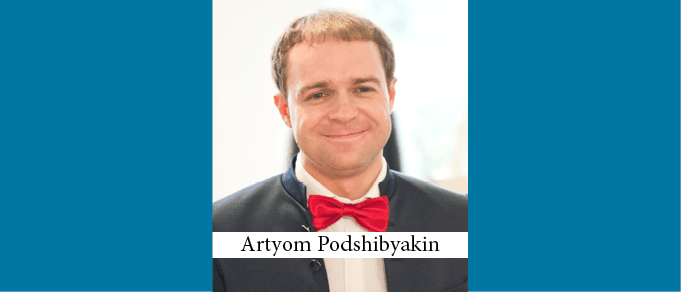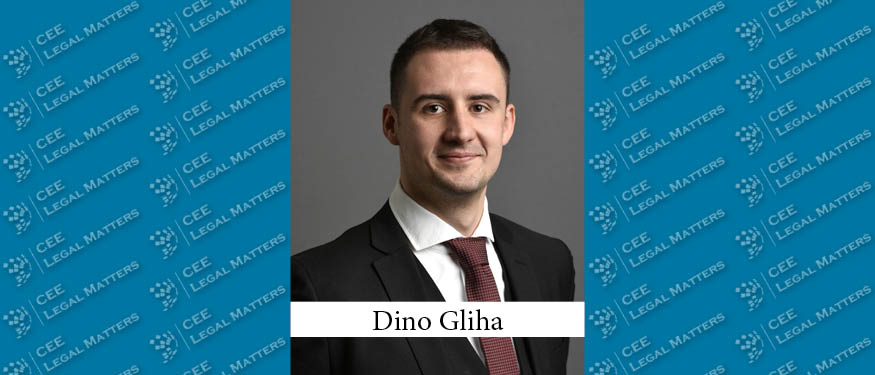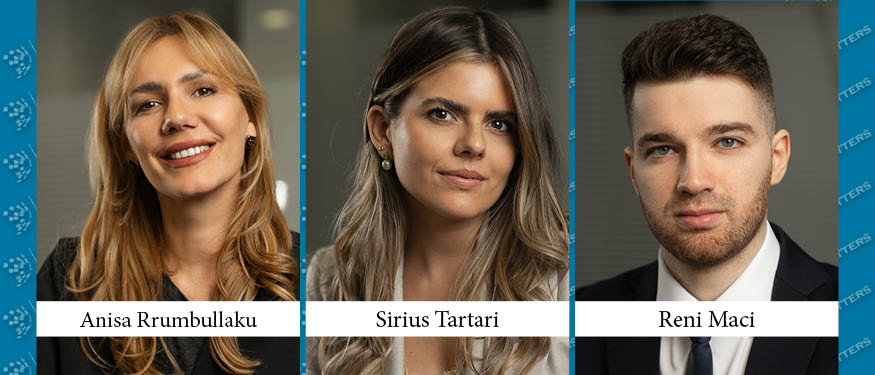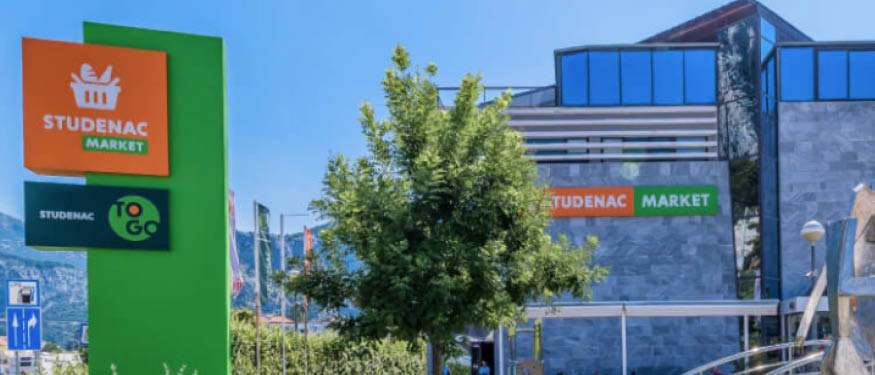Artyom Podshibyakin is the Head of Legal and Compliance of INDITEX Russia, Belarus, and Kazakhstan. Prior to joining INDITEX over a decade ago, Podshibyakin was a Senior Lawyer with IKEA MOS Retail and Property.
CEELM: How would you define the role of a General Counsel today?
ARTYOM: The role here in Russia is in many ways similar to what you find all over the globe. A General Counsel is the person who is responsible to the company’s shareholders and management for ensuring the company is going the right way, in terms of predicting and working with legal risk at every level of the organizational structure.
I refer to Russia in particular because one thing common in this country is that GCs tend to have a few additional tasks by default. Specifically, it is not uncommon to have Heads of Legal also be in charge of governmental relations, and compliance also tends to fall within their areas of responsibility. Of course, there are examples where these are separate functions, but that’s not really the norm.
CEELM: How is role different today than what a GC would have been expected to handle in the past?
ARTYOM: I see General Counsel dealing with more and more tasks which are increasingly further away from pure legal advice and compliance. I already mentioned that taking on compliance as well is commonplace here, but corporate governance matters are also increasingly added to the GC’s plate.
And that’s not even going into everything that has to do with legal technology. If you want to keep up with your peers and deliver the best results you 100% need to start using the different legal tech solutions that are being made available – otherwise your value-to-cost ratio will significantly drop relative to your peers.
CEELM: What are some of the tech solutions you’re using already or keeping an eye out for?
ARTYOM: A good example is Kira, which is dedicated to contract analysis. It is utilized more in the US and EU (there’s no Russian version yet), but it’s a perfect example of a tool that makes a lawyer much more productive.
Another example is software used to track court rulings. In Russia, 99% of court practice is publicly available, but how does one go about searching for something specific among the tons of documents? The “Casebook” software – which allows users to track particular cases and see the decisions at different court levels – has been developed to address this need. They even have a ruling prediction tool for cases where there is no decision yet. It literally tells you there is, say, an 80% chance the plaintiff will win in case X as a result of analyzing a particular judge’s track record and his and others’ past rulings in similar types of cases. It’s practical, and it actually works. Of course, I wouldn’t rely on it 100% since there are many things that can influence a decision.
Bots are also increasingly being used. We are working on our own, by the way: one that gives employees very sharp and concise advice related to consumer law.
CEELM: Do you feel these tools make the life of a GC easier or more complex?
ARTYOM: For sure, technology is not something that lawyers are used to incorporating into their work so there is a need to adapt – to learn something quite different. In many cases though, the General Counsel needs to take charge of these projects, even though, of course, the bot itself is usually developed by someone else. The GC needs to dig in and fully pilot the design of the bot –you cannot simply send an e-mail about it to a developer and it get done. The end product definitely makes handling the legal work easier, but getting to that stage turns a GC into an IT project leader.
CEELM: Why build your own, when there is already a plethora of solutions on the market?
ARTYOM: Yes, the number of solutions has been increasing, and I am 100% sure that to develop your own solution is not always the most efficient option. Quite the contrary, in many cases it can turn out that implementing an out-of-the-box, pre-built option is better. But we’re not writing our own up from scratch code either; we use a high-level bot constructor. You do not need to be a programmer to develop a bot with this tool. That does not mean you don’t need to put on your IT project leader hat and oversee proper deployment.
CEELM: What about the skill set a GC is expected to master? How is it evolving?
ARTYOM: The biggest demand is for business skills. In many cases these days, management passes on tasks that are no longer purely legal. For example, “go out and manage our trademark portfolio,” doesn’t just imply legal work, but also a thorough understanding of the company in this regard: how are the trademarks being used and what are the upcoming threats or opportunities? Then, at the end of the day, when management sees you are doing a good job at it, it often decides that your legal team, or part of it, is now a business unit that takes this function on. This is why increasingly you will see GCs leading functions beyond the classic legal ones, which requires a whole new set of skills. On the one hand that is burdensome for the lawyer, but on the other, it allows him or her to develop as a true corporate businessperson within the company – even if only to start understanding basic concepts related to the company’s economics, finance, ops, and so on.
CEELM: What’s on the horizon? What do you believe will bring about the biggest changes in terms of the GC role?
ARTYOM: I’m sure we’ll continue to hear of more and more things connected to artificial intelligence. Imagine a scenario in the near future when your CEO comes to you and asks you to look at a new digital twin of your power plant, say, and figure out the legal or IP matters related to it – but you have to tell him you have no clue what that algorithm means. The CEO will naturally turn to others, as you are outdated as his GC. That’s why I have been working constantly to understand more about AI and, for instance, digital twins as digital models of otherwise very expensive and complicated equipment such as a unit in the plant, using neural networks and machine learning. The complexities of these models is just one example of what I believe a GC needs to stay on top of.
Another example is the ever-evolving topic of the ethics of artificial intelligence. We should start from a wide approach and there are interesting conversations already taking place that we should keep up with, such as those related to driverless driving liability in case of accidents, etc. Ultimately, I think science is always an important are of knowledge that a GC should stay apprised of.
CEELM: So what tools do GCs have at their disposal to do that? What are you using the most?
ARTYOM: There are already a lot of interesting conferences organized on these areas of interest – not just for lawyers but all sorts of business people. These are invaluable resources, and of course there are a lot of industry publications as well, but, ultimately, these days, one only has to open up YouTube to find a wide range of free lectures on these topics.
And your most important tool: Your attitude. You need to be ready for changes and be flexible – that’s really what matters the most. As soon as you become rigid, things will start going south, and both you and your company will stop being competitive.
This Article was originally published in Issue 6.3 of the CEE Legal Matters Magazine. If you would like to receive a hard copy of the magazine, you can subscribe here.

















